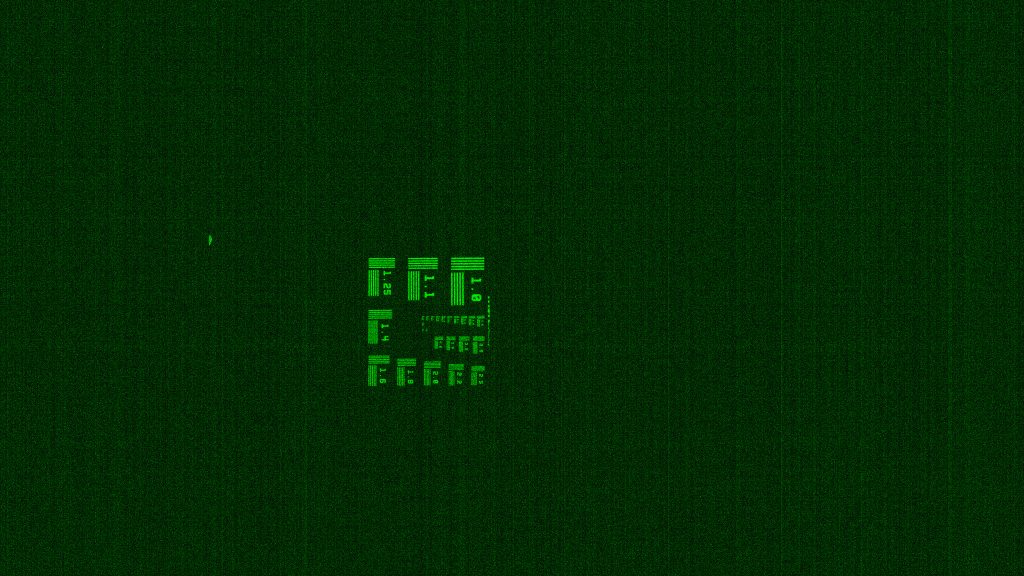The scientific qCMOS camera Orca-Quest of Hamamatsu Photonics has an incredibly low noise of 0.27 electrons rms and a pixel count of 9.4 megapixels.
In quantitative imaging, the photoelectric noise generated when light is converted into electrical signals is the all-important factor that determines the lower detection limit of the camera. The Orca-Quest reduces this photoelectric noise to a level below the signals generated by photons, which are the minimum unit of light. This makes the camera the world’s first camera to achieve 2D photon-number-resolving measurement, meaning that it accurately measures the number of photons to create an image.
The Orca-Quest’s ability to identify the number of photons invites new possibilities for a wide range of fields. For example, the camera accurately observes the quantum state by quantitatively imaging the amount of light from ions and neutral atoms. This makes it a promising tool for speeding up research and development work on quantum computers and other quantum technology. In addition, due to its wide field of view capable of capturing ultra-low light level phenomena, the Orca-Quest is likely to find applications in the astronomical research and life science fields. At the heart of the camera is a new high-performance CMOS image sensor, designed and fabricated using the in-house design and manufacturing technologies of Hamamatsu Photonics. The CMOS sensor delivers excellent performance with incredibly low noise (0.27 electrons rms), high pixel count (4,096×2,304), and high resolution, yet attains high-speed readout. Its other features include a back-illuminated structure, 4.6×4.6µm pixel size, reduced crosstalk between pixels, and suppressed variations in the electrical characteristics of each pixel.













